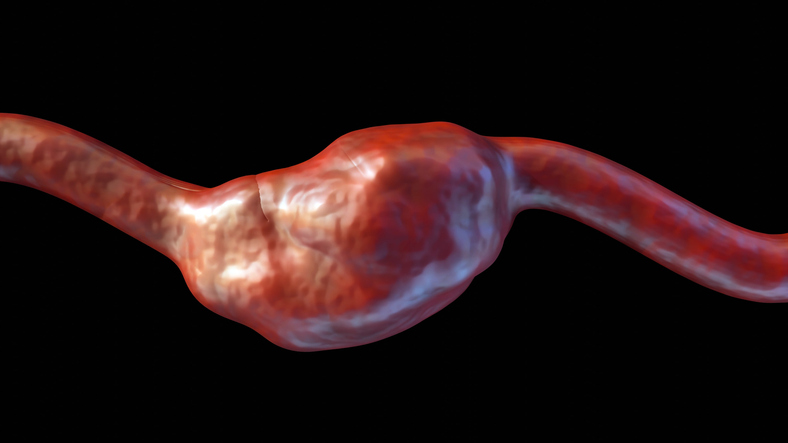
Key Points
- The study included 1,833 consecutive patients with ST-elevation myocardial infarction (STEMI). The authors followed the implementation of comprehensive care team-based protocols in the pre-intervention and post-intervention period.
- The study intervention protocols included administration of guideline-approved medical therapy, reduction in door-to-balloon time, and the use of transradial percutaneous coronary intervention (PCI).
- Following the implementation of the new team-based protocols, door-to-balloon times improved between women and men (from longer times for women prior to intervention, to an equal door-to-balloon time after implementation). Gender disparities in administration of guideline-directed medical therapy also saw a decrease, as did rates of mortality and stroke.
Researchers have found that a comprehensive protocol for ST elevation myocardial infarction (STEMI) care markedly reduced gender disparities in cardiovascular outcomes and mortality.1
Cardiovascular disease remains the leading cause of death among women internationally.2 However, disparities persist with regards to STEMI outcomes for women compared with men. Women have classically faced delays in recognition of anginal symptoms that were deemed “atypical.” Yet, studies have demonstrated that once acute coronary syndromes are identified, women still experience greater delays to revascularization, increase in the rate of acute onset heart failure symptoms, and a higher burden of mortality than men following STEMI.3
New STEMI Protocols
To address gender disparities, Dr. Umesh Khot, of the Cleveland Clinic Heart, Vascular, & Thoracic Institute, and colleagues designed a longitudinal cohort study that assessed 1,833 consecutive patients presenting with STEMI. The study compared pre-intervention (January 2011 to July 2014) and post-intervention (August 2015 to July 2019) periods to assess the impact of implementing a STEMI protocol codifying early guideline-directed medical therapy, rapid door to balloon time, and use of trans-radial PCI.
An interdisciplinary team comprised of cardiologists, emergency department physicians, nurses, and patient transporters designed a STEMI protocol with four major components. First, emergency department physicians were authorized to activate the catheterization lab before cardiac consultation. Second, a standardized checklist was implemented to provide clinical decision support. Third, patients were immediately transferred to available catheterization labs rather than remaining in the emergency department. And fourth, trans-radial access was prioritized, though the final decision was ultimately left to the attending interventional cardiologist.
Following protocol implementation, the authors noted several improvements. For instance, whereas door-to-balloon time was significantly longer in women than men (112 min vs. 104 min) prior to intervention, there was no difference in door-to-balloon time between women and men (89 min vs. 85 min) following the intervention. Likewise, disparity in the administration of goal directed medical therapy, rates of mortality, and stroke incidence dissipated following protocol implementation.
Improving Care with System-based Approaches
Dr. Khot identified that this systems-based approach reduced “care variability [and] dramatically improved heart attack survival overall and particularly in women. Women STEMI patients had a >50% reduction in mortality and no longer had any difference in serious cardiovascular outcomes compared to men.”
This study provides encouraging evidence to support a systems-based approach to reduce gender disparities in STEMI outcomes. Further research is needed to demonstrate a sustained impact across clinical settings and if benefits would translate to racial and ethnic groups who face similar health inequities when presenting with STEMI. Robust preventative care and early identification and treatment of cardiovascular disease in women may also help alleviate gender disparities in cardiovascular outcomes more broadly.
📰Implementation of a standardized STEMI protocol reduced sex-based disparities in adverse outcomes inlcuding mortality.
…so do subjective decision making & implicit bias contributed to disparities?
👏🏽@chetanhuded @UmeshKhotMD et al.
🔗https://t.co/c5JFyufI5H pic.twitter.com/neWrzwigv5
— Amit Goyal MD MAS (@AmitGoyalMD) September 30, 2021
References
- Huded CP, Kumar A, Kassis N, et al. Five Years of a Comprehensive ST Elevation Myocardial Infarction Protocol and its Association with Sex Disparities. European Heart Journal Open. 2021. https://academic.oup.com/ehjopen/advance-article/doi/10.1093/ehjopen/oeab011/6355584
- Mehta LS, Beckie TM, DeVon HA, et al. Acute Myocardial Infarction in Women: A Scientific Statement From the American Heart Association. Circulation. 2016;133(9):916-47.
- Cenko E, van der Schaar M, Yoon J, et al. Sex-Related Differences in Heart Failure After ST-Segment Elevation Myocardial Infarction. J Am Coll of Cardiol. 2019;74(19):2379-2389.







 © 2025 Mashup Media, LLC, a Formedics Property. All Rights Reserved.
© 2025 Mashup Media, LLC, a Formedics Property. All Rights Reserved.